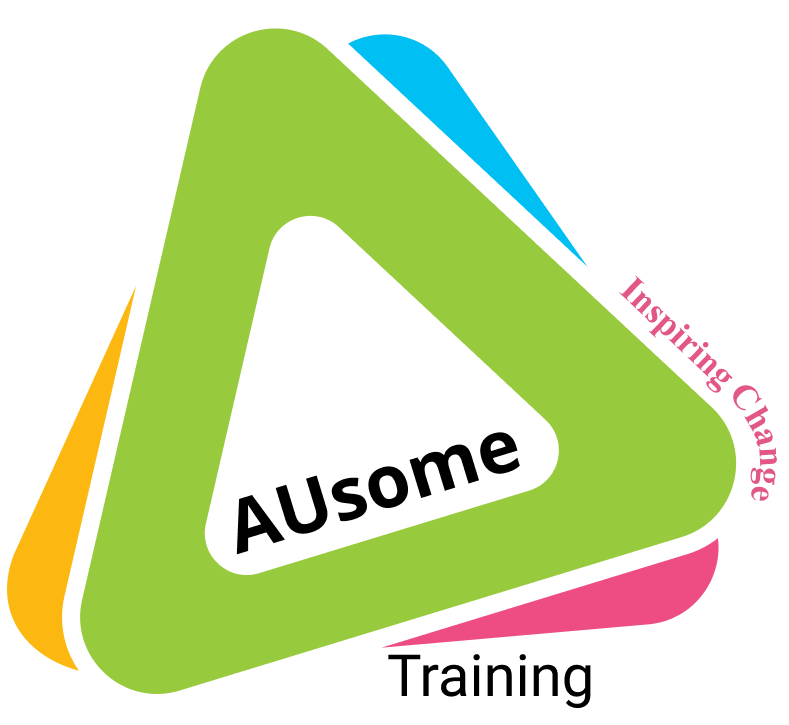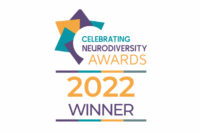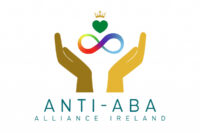There was a time in my advocacy — and maybe you’ll recognise this in yourself too — when the phrase “the neurotypicals” felt like a convenient shorthand. It was a way to name the people who didn’t understand, who dismissed our experiences, who expected us to bend ourselves into exhausting shapes just to be accepted. It was a way to push back.
But somewhere along the way, that phrase started to feel… off.
It wasn’t that my experiences of being marginalised or misunderstood had changed. It’s not that the hurt disappeared. But I started noticing that the harm wasn’t coming from people simply because they were neurotypical. It was coming from systems. From power. From a narrow framework that told all of us — neurodivergent or not — what it means to be “normal,” “acceptable,” or “successful.”
People Aren’t the Problem. Systems Are.
The problem isn’t “neurotypicals.” The problem is the experts, institutions, and ideologies that divide us by positioning one way of thinking, feeling, or being as superior to all others. It’s the idea that there is a single right way to communicate. A correct way to move your body. A proper way to make friends. A universal blueprint for development. All of it nonsense — and yet, all of it taught as truth.
And those ideas don’t just live in psychology textbooks. They’re enforced in classrooms, therapy rooms, workplaces, and even in our own self-perceptions. We internalise these “shoulds.” We learn to apologise for who we are. We learn to believe we are broken — or worse, that we must be fixed.
But here’s the thing: it’s not just Autistic or neurodivergent people who get hurt by these messages. Neurotypical people are being shaped by them too. Controlled by them. Held to impossible standards. Shamed for expressing vulnerability. Rewarded for conformity. Taught not to listen.
That’s not a healthy system for anyone.
Divide and Conquer: The Oldest Trick in the Book
One of the most insidious strategies these systems use is divide and conquer. And it works.
We’re told to mistrust one another. Neurodivergent folks are told that neurotypicals don’t care, don’t listen, and are inherently the problem. Neurotypical parents are told that Autistic adults are angry, extreme, and “not like” their children. Professionals are told not to question the frameworks they’re trained in, or else risk their reputation. And when any of us do question — we’re framed as difficult, non-compliant, or radical.
This division benefits those in power. Because when we’re arguing with each other, we’re not challenging the systems that hurt all of us.
I’ve seen well-meaning parents and teachers pushed into roles where they enforce compliance-based approaches, not because they’re cruel — but because they’ve been convinced it’s “what works.” I’ve seen Autistic people hurt by that and understandably lash out, but in doing so, push away potential allies. I’ve seen professionals burn out because they knew something felt wrong, but didn’t feel supported to challenge it.
Divide and conquer keeps us blaming each other. It distracts us from asking: who benefits from our disconnection?
Experts and the Illusion of Objectivity
When I talk about “experts,” I don’t mean people who have knowledge — I mean the ones who weaponise it. The ones who build entire careers on the pathology of others. Who look at distress and see it as deviance. Who publish frameworks, guides, and “interventions” that are based on control rather than compassion. The ones who are too often listened to — while Autistic voices are seen as biased, too emotional, too close to the issue.
The expert gaze turns people into problems. It breaks us down into checklists and diagnostic criteria. It names our expressions as “symptoms” and our preferences as “challenges.”
And even when those experts use neurodiversity language, many still centre themselves as the solution. It’s a repackaging of the same power imbalance. New words, same pedestal.
My Own Evolution
I’ve been angry. I’ve been dismissive. I’ve painted people with broad strokes. That was part of my process. And in some ways, it was necessary — to name injustice, to create a boundary, to say no more.
But I’ve come to see that the real enemy isn’t a group of people. It’s a structure. A system. A worldview that convinces all of us there’s only oneright way to be.
When I stopped saying “the neurotypicals,” I made room for connection. For collaboration. For allies. For nuance. I made space for the neurotypical teacher who wants to learn. For the parent who feels like they’ve been lied to by professionals. For the therapist who’s unlearning everything they were taught. And even for myself — when I believed things that weren’t true, and passed them on.
We’re Not Broken. And We’re Not Opposites.
It’s tempting to think in binaries — us versus them, broken versus whole, right versus wrong. But the truth is far more complicated, and far more liberating.
We’re not here to replace one rigid worldview with another. We’re here to dismantle the idea that there was ever only one to begin with.
When we stop blaming “the neurotypicals,” we can start blaming the right things. And we can start building something better — together.






